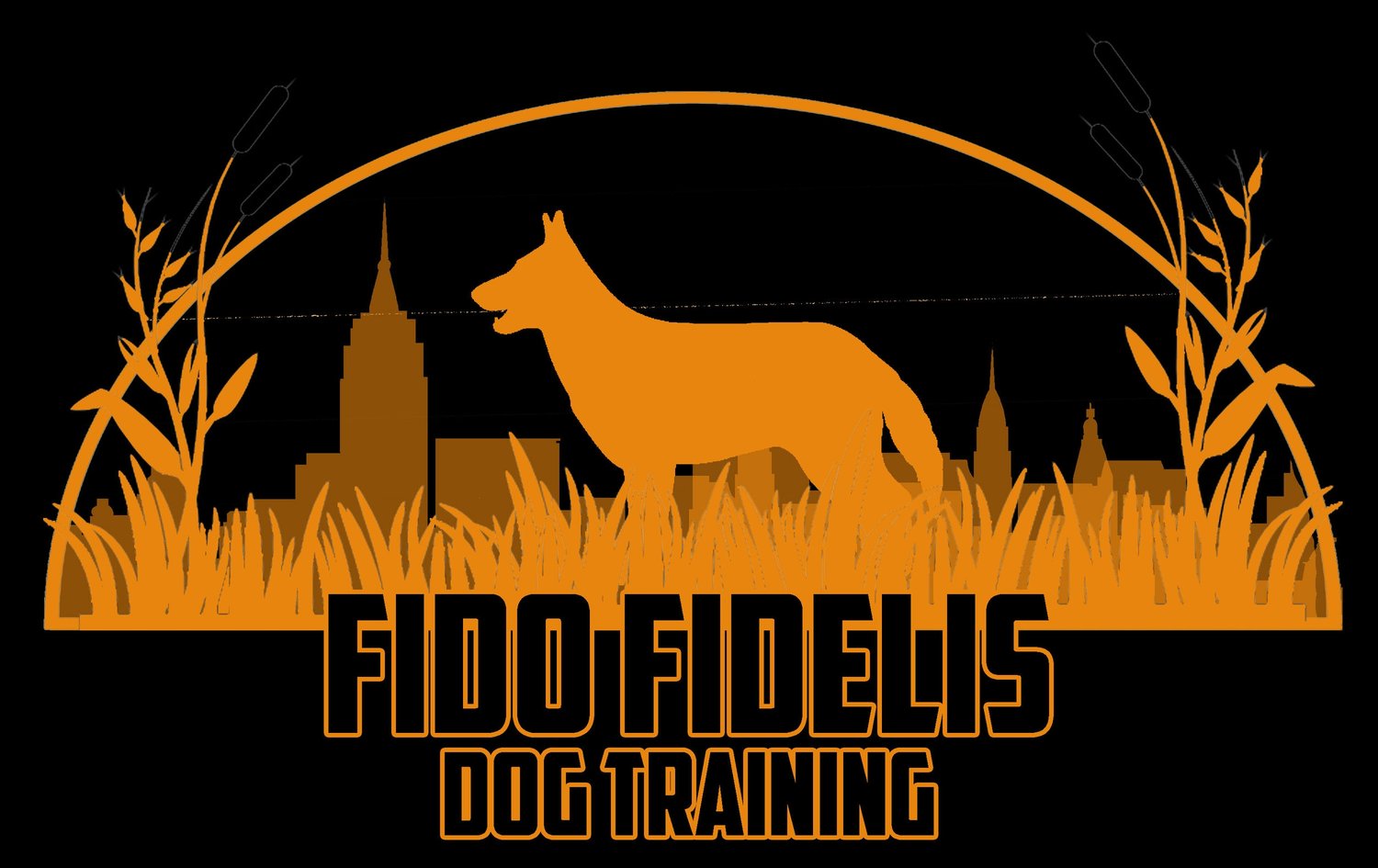Electronic collars, also known as Ecollars or shock collars, are a controversial topic in the world of dog training. While some trainers swear by their effectiveness, others denounce them as inhumane and harmful to dogs. However, many of the criticisms directed at Ecollars are based on myths and misconceptions that are not grounded in reality. In this blog post, we'll explore some of the most common myths and misconceptions surrounding Ecollars and separate fact from fiction.
Myth #1: Ecollars are cruel and painful for dogs.
This is one of the most pervasive myths about Ecollars. While Ecollars do deliver an electrical impulse to the dog's neck, they are not intended to be painful or harmful. Rather, the sensation is designed to be unpleasant but not painful, similar to the feeling of a static shock. In fact, most dogs quickly learn to associate the sensation with a particular behavior and will stop that behavior to avoid the impulse altogether.
Myth #2: Ecollars can cause serious physical harm to dogs.
Another common misconception is that Ecollars can cause serious physical harm to dogs, including burns, seizures, and even death. However, research has shown that Ecollars are generally safe when used properly. In fact, a study conducted by the University of Lincoln in the UK found that the use of Ecollars did not cause any long-term harm to dogs and that dogs trained with Ecollars had lower levels of cortisol (a stress hormone) than dogs trained with traditional methods.
Myth #3: Ecollars are only used to punish dogs.
While Ecollars can be used to correct unwanted behavior, they can also be used to reinforce positive behavior. For example, an Ecollar can be used to signal to a dog that it's doing something right, such as coming when called or staying in a designated area. When used in this way, Ecollars can be an effective tool for reinforcing positive behavior and building a stronger bond between a dog and its owner.
Myth #4: Ecollars are a substitute for proper training.
One of the biggest misconceptions about Ecollars is that they are a quick fix for behavioral problems and can replace proper training. While Ecollars can be an effective tool for training, they are not a substitute for proper training techniques. In fact, many professional dog trainers use Ecollars in combination with other training methods, such as positive reinforcement, to create a comprehensive and effective training program.
Myth #5: All Ecollars are the same.
Not all Ecollars are created equal. Some Ecollars are designed for small dogs, while others are designed for larger breeds. Some Ecollars have multiple levels of stimulation, while others have only one. It's important to choose an Ecollar that is appropriate for your dog's size and temperament and to work with a professional dog trainer who can help you select the right collar and use it properly. Here at Fido Fidelis only use Ecollar Technologies ecollars. However we will also use models from Dogtra and Sport Dog when appropriate
In conclusion, while Ecollars are a controversial topic in the world of dog training, many of the criticisms directed at them are based on myths and misconceptions. When used properly and under the guidance of a professional dog trainer, Ecollars can be an effective tool for correcting unwanted behavior, reinforcing positive behavior, and building a stronger bond between a dog and its owner. By separating fact from fiction and understanding the limitations and potential risks of Ecollars, pet owners and trainers can make informed decisions about their use in dog training.
